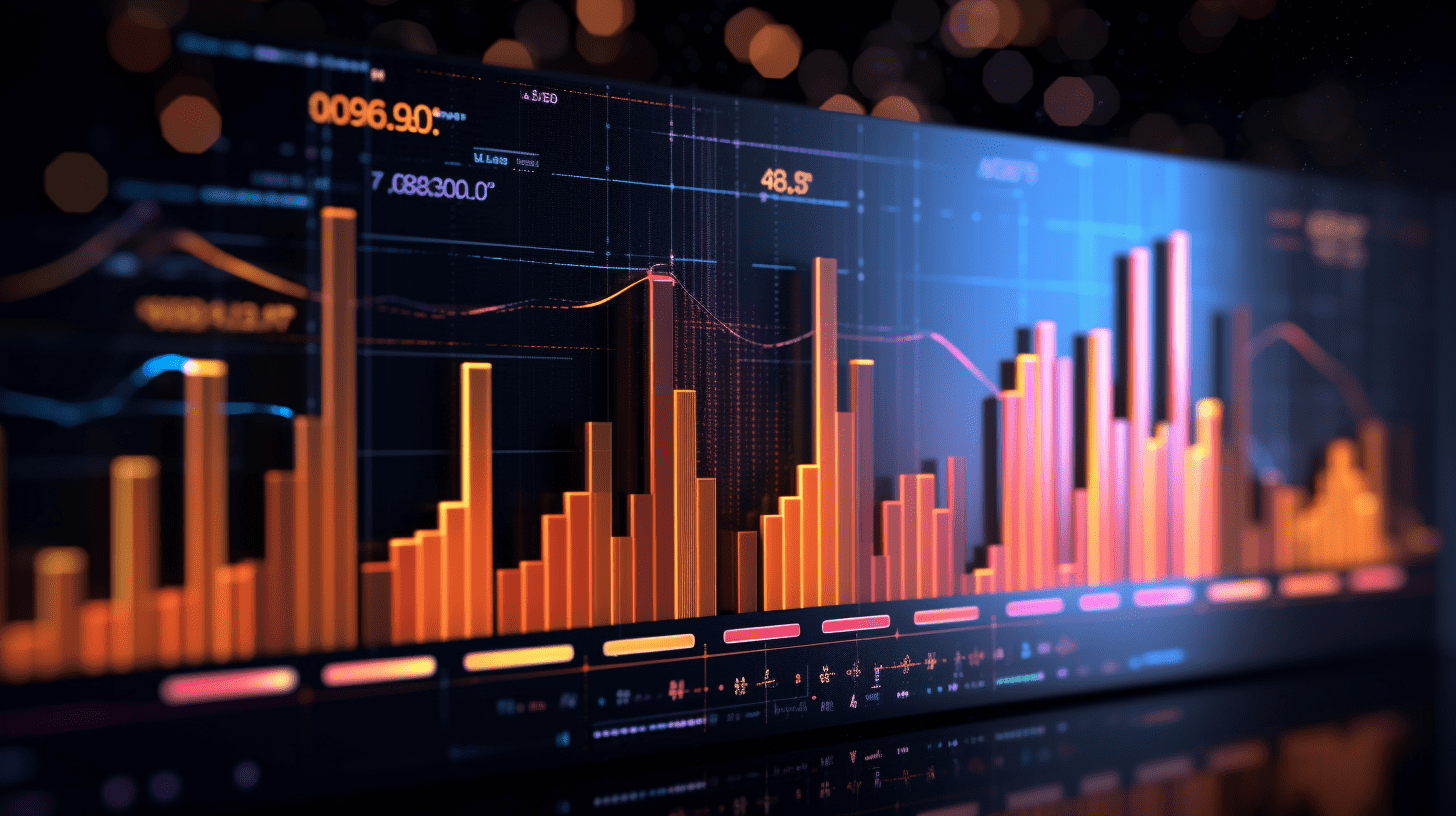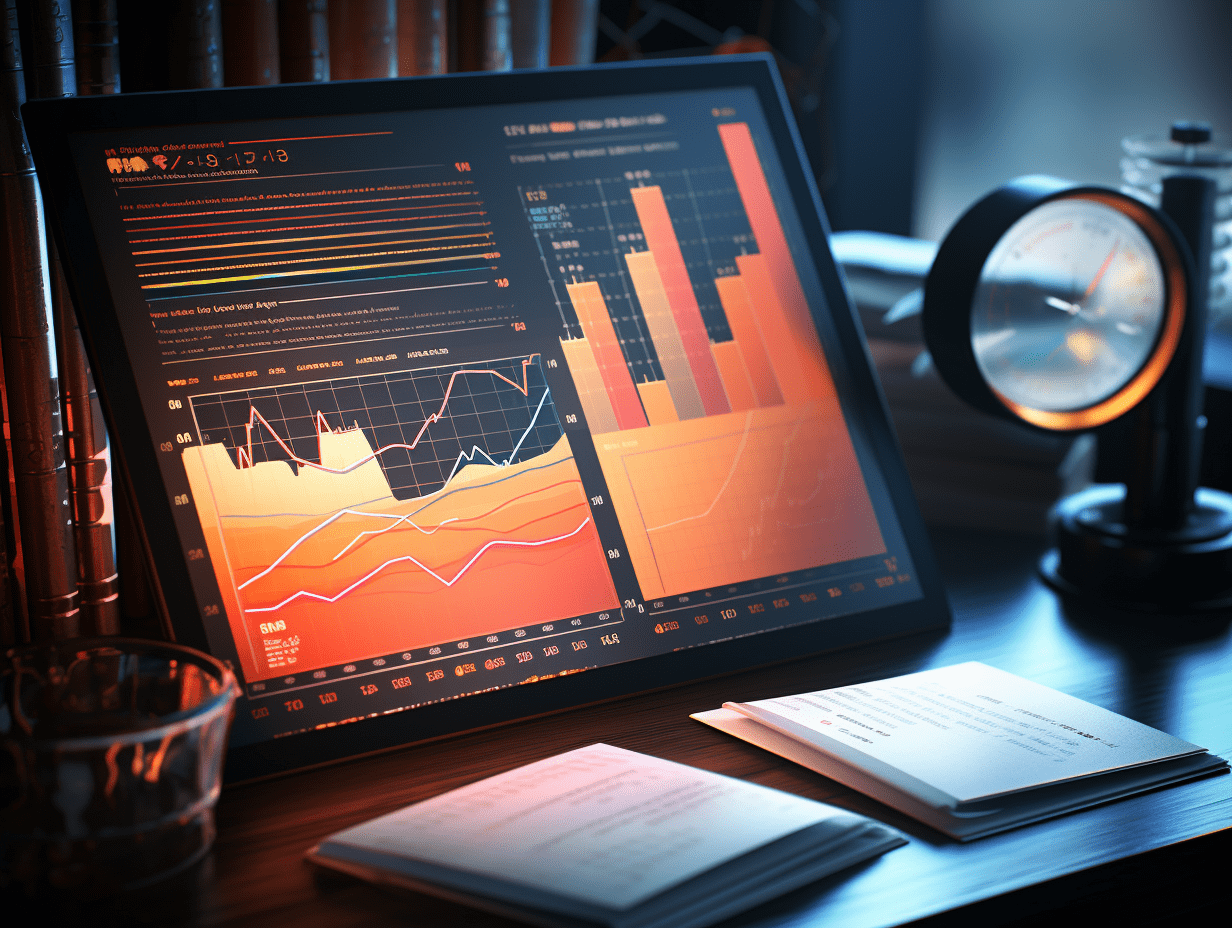US stocks are not afraid of risks and rise again, with AI and fiscal stimulus as the engine driving the increase.
The U.S. stock market continues its strong upward momentum.
On Wednesday, the U.S. stock market continued its strong upward momentum, with investors seemingly choosing to turn a blind eye to a series of risk factors that could disrupt the market, and risk appetite remains high.
Recently, U.S. stocks have not only ignored President Trump's increasingly complex and volatile tariff strategy, but also overlooked macroeconomic concerns such as rising inflation pressure and slowing consumer spending, and continue to rise even against a backdrop of high valuations. According to the Bank of America Corp's August global fund manager survey, the current market is widely considered to be "severely overvalued", but the S&P 500 index has risen by nearly 10% year-to-date, rebounding by nearly 30% from the low point on "liberation day" when tariffs were implemented on April 8.
Trump has pushed to adjust the Federal Reserve to an institution more aligned with the government's economic goals, and has dismissed the Bureau of Labor Statistics director and nominated a partisan candidate who once suggested canceling the monthly jobs report, as well as directly demanding the replacement of the CEOs of Intel Corporation (INTC.US) and Chief Economist of Goldman Sachs Group, Inc. These moves have caused scarcely a ripple in the capital markets. On the economic front, concerns about slowing economic growth, weakening consumption, and rising inflation have sparked fears of stagflation. The "big and beautiful" bill led by the Republicans, with its high spending and tax reduction measures, is expected to increase U.S. debt to $40 trillion by the end of the decade, but bond yields have not risen significantly despite the expansion of the fiscal deficit.
The Cboe VIX volatility index fell to a low of 14.46 since December last year, implying a single-day volatility of just 57 points for the S&P 500, far below the 160 points in April. Chris Zaccarelli, CIO of Northlight Asset Management, believes that as long as the unemployment rate remains low and inflation is not sufficient to force the Federal Reserve to tighten policy, the bull market will continue.
Stronger DRIVE comes from the leading AI and giant tech stocks. The six major tech giants now account for about 35% of the total market value of the S&P 500. The information technology and communications services sectors contributed about 42% of overall profits in the second quarter, including NVIDIA Corporation (NVDA.US), Microsoft Corporation (MSFT.US), Apple Inc. (AAPL.US), Alphabet Inc. Class C parent Alphabet (GOOG.US, GOOGL.US), and Meta (META.US). Capital spending by large cloud computing service providers has partially offset weak consumer spending.
Nancy Tengler, CEO of Laffer Tengler Investments, pointed out that the policy preferences for depreciation and research and development expense deductions in the "big and beautiful" bill are beginning to show significant improvements in corporate cash flow.
In the coming weeks, several key factors supporting the market will be put to the test: on August 21, Federal Reserve Chairman Powell will speak at the Jackson Hole symposium, possibly revealing the interest rate outlook before the September policy meeting and responding to conflicting signals on employment and inflation. On August 28, NVIDIA Corporation will announce its second-quarter performance, and if its revenue guidance for the third quarter is below the market's expectation of $52.6 billion, it could cause volatility in the tech sector. On September 5, the August nonfarm employment report will be released. On September 11, the August CPI data will be released.
Rich Mullen, CEO of Pallas Capital Advisors, warns that even if inflation remains stable in the short term, the possibility of future tariff-driven price increases cannot be ruled out. If the Fed cuts rates in September and tariff inflation rises in the fourth quarter, it could pose a policy dilemma for the central bank.
Related Articles

192 A-share companies' annual reports are labeled as "non-standard"; CSRC will strengthen financial disclosure supervision.

By the end of the second quarter of 2025, the total assets of banking financial institutions in China, both in domestic and foreign currency, amounted to 46.73 trillion yuan, an increase of 7.9% year-on-year.

State Administration of Foreign Exchange: In July, the scale of bank foreign exchange settlement and sale increased by 12% and 16% respectively compared to the previous month.
192 A-share companies' annual reports are labeled as "non-standard"; CSRC will strengthen financial disclosure supervision.

By the end of the second quarter of 2025, the total assets of banking financial institutions in China, both in domestic and foreign currency, amounted to 46.73 trillion yuan, an increase of 7.9% year-on-year.

State Administration of Foreign Exchange: In July, the scale of bank foreign exchange settlement and sale increased by 12% and 16% respectively compared to the previous month.

RECOMMEND

Trump Administration Explores Government Equity Investment in Intel; Shares Soar Nearly 9%
15/08/2025

Inflation “Off the Charts”: U.S. July Producer Prices Surge 0.9% Month-on-Month, 3.3% Year-on-Year
15/08/2025

World Humanoid Robot Games Debut with Competitions in Soccer, Combat, Dance, and More
15/08/2025


